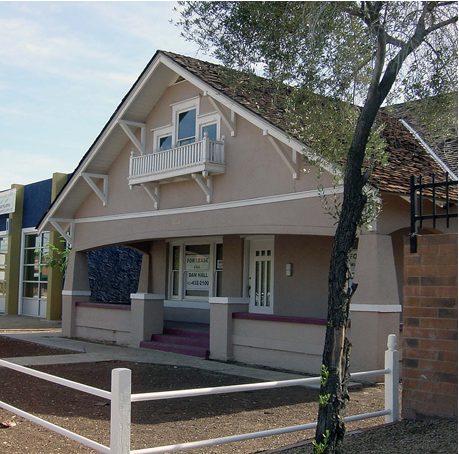Wilson, Digital Art
Cemeteries are more than just places where we inter our
dearly departed; they are serene havens that offer peace and solitude. However,
these hallowed grounds weren't always the lush landscapes we've come to know
today. During the Victorian era, the concept of cemeteries and their designs
underwent a significant transformation, resulting in the emergence of the
'Victorian Garden Cemetery.'
The Victorian era, spanning 1837 to 1901, was a period of
profound change in societal attitudes towards death and mourning. As urban
populations grew, so did the concern over hygiene and space in overcrowded
church graveyards. This led to the development of large, suburban 'garden cemeteries' designed not only for the deceased but also for the living.
The concept of the garden cemetery was not merely a
practical solution to overcrowding. It was an embodiment of the Victorian preoccupation
with death, and the subsequent desire to commemorate and memorialize the
departed in a manner befitting their social status and personal virtues.
The Victorian cemetery was designed to reflect the
tranquility and beauty of an idealized landscape. Curvilinear paths wound
through a picturesque tableau of rolling hills, meandering rivers, and large,
mature trees. Beautiful, ornate mausoleums, chapels, and monuments adorned
these scenic locales, creating an atmosphere more akin to a serene park than a burial
ground. These spaces were as much about contemplation, remembrance, and public
leisure as they were about internment.
The headstones and monuments of Victorian cemeteries were a
testament to the era's intricate and symbolic craftsmanship. Much more than a
means to mark a grave, these stone symphonies served to tell a story about the
individual lying beneath.
From angels denoting innocence and ascension to heavenly
peace, to hands pointing upwards symbolizing the journey of the soul, the
symbols carved on the headstones were replete with meaning. The intricacy of
design varied with social class and wealth, with the affluent commissioning
lavish Gothic Revival or Classical styled mausoleums, while the less wealthy
settled for simpler but no less poignant headstones.
Marble was a common material of choice for these headstones and
monuments due to its luminosity and the relative ease of carving it. However,
as time passed, the marble's susceptibility to weathering and erosion led to
the shift towards more durable materials like granite.
and Not everyone could afford an elaborate headstone, so wood, rock, and inexpensive materials were also used. Unfortunately, these were not always durable. In some cases, a headstone wasn't placed due to costs.
The design of the Victorian cemetery was incomplete without
its complement of carefully selected and strategically placed vegetation. The
Victorians ascribed specific meanings to different plants, and these meanings
were not lost in the design of their cemeteries.
Cypress trees symbolizing mourning, weeping willows
representing sorrow, and rose bushes denoting beauty, love, and respect, were
common features. These, combined with seasonal flowers, created a constantly
changing panorama of colors and scents, contributing to the cemetery's tranquil
ambiance.
The Victorian cemetery represents a vital chapter in the
evolution of burial practices, reflecting the era's attitudes towards death,
remembrance, and public space. Its design elements, from the carefully laid out
landscapes to the symbolic headstones, continue to intrigue and invite
exploration.











